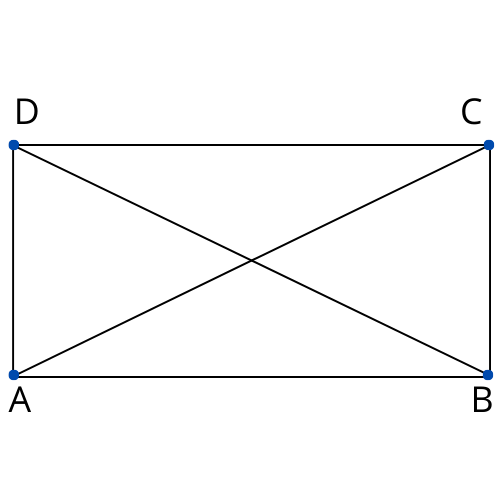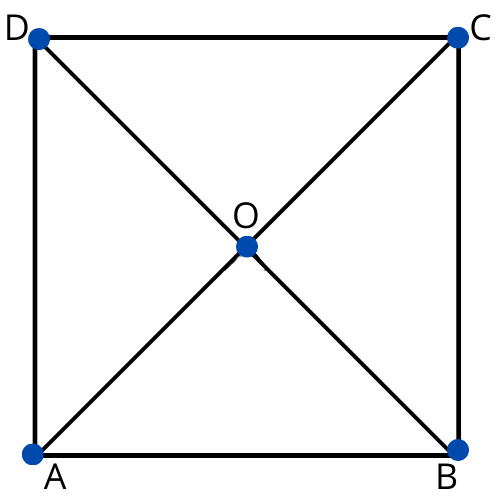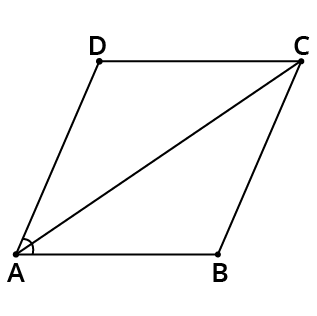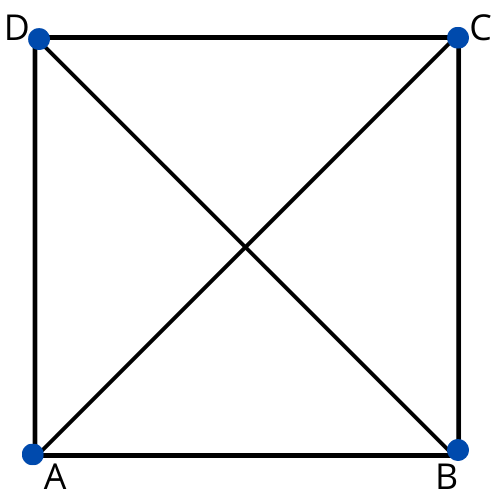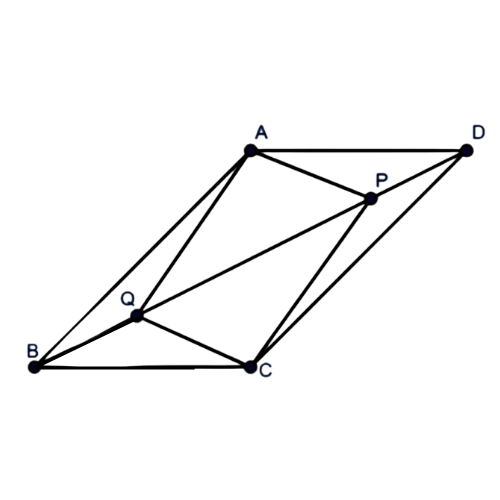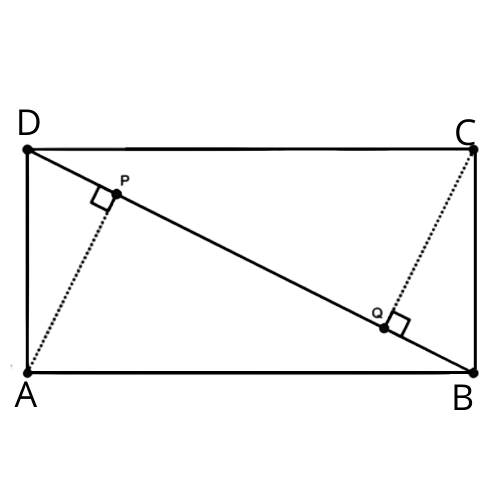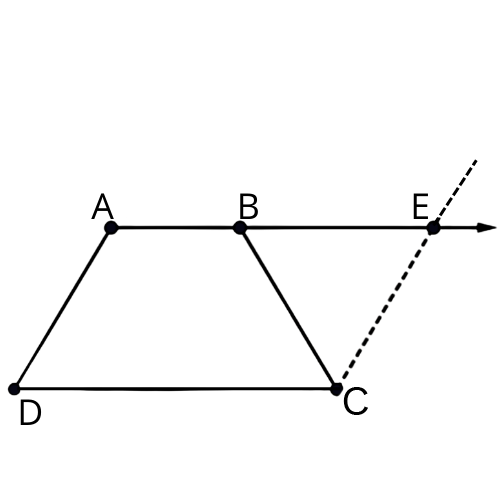NCERT Quadrilaterals Maths Chapter 8 Exercise 8.1 Class 9- Free PDF Download
NCERT Solutions for Class 9 Maths Chapter 8 Quadrilaterals Ex 8.1
FAQs on NCERT Solutions for Class 9 Maths Chapter 8 Quadrilaterals Ex 8.1
1. What is a quadrilateral? Explain
Quadrilateral is a polygon that has four sides and four angles. These are available in different shapes. Rhombus, rectangle, parallelogram, Square, etc., all are examples of quadrilaterals. These can be seen everywhere, especially in the manufacturing of electronic gadgets, stationery items, architectural designs.
2. Explain a few properties of a parallelogram?
Parallelogram is one of the examples of a quadrilateral that has different properties. They are-
The opposite sides and angles are equal.
It has supplementary angles on adjacent sides.
The diagonals always bisect each other
3. Where can I find NCERT Solutions for Exercise 8.1 of Chapter 8 of Class 9 Maths online?
It’s very important for the students to find accurate NCERT solutions on the internet. To make it easier, Students can find the NCERT Solutions for Exercise 8.1 of Chapter 8 of Class 9 Maths easily on the Vedantu website as well as Vedantu Mobile app. Stepwise solutions have been provided for all the questions present in the exercise. The solutions are available in PDF format which the students can access either online or download for free. All the solutions are created by our expert teachers as per the CBSE guidelines.
4. Do I need to practise all questions provided in Exercise 8.1 of Chapter 8 of Class 9 Maths?
Yes, all questions must be practised constantly as it is the key for the students to score high marks in exams. It is advised for the students to practice all the questions provided in Exercise 8.1 of Chapter 8 of Class 9 Maths as everything is important from an exam perspective. It will help the students to clear their doubts, increase speed and reduce making mistakes in the exam. Students must memorize formulae. Practising regularly will help the students to remember the problem-solving methods easily.
5. How CBSE Students can utilize NCERT Solutions for Exercise 8.1 of Chapter 8 of Class 9 Maths effectively?
Students can effectively use the NCERT Solutions for Exercise 8.1 of Chapter 8 of Class 9 Maths by understanding the derivations of all the formulae. Students should also revise all the concepts and understand the theories from the chapter. Once students get a complete idea of all the theories and concepts, they can start to solve the exercises to know how much they have understood. Finally, they should use NCERT solutions to check if their answers are right or wrong and understand the problem-solving methods.
6. Do NCERT Solutions for Exercise 8.1 of Chapter 8 of Class 9 Maths help you to score well in the exam?
yes, the NCERT solutions for exercise 8.1 chapter 8 class 9 helps the students to score well in the exam. With the practice of the NCERT solutions, the student will be able to figure out the areas that they find difficult and thereby give extra time on mastering them. Apart from this , every question from the NCERT solution is exam based. Thus, with the practice of the NCERT solutions, the student is preparing for the exams, which will ultimately help them answer any question asked in the examination.
7. Are NCERT Solutions for Class 9 Maths Chapter 8 Exercise 8.1 the best study material for the students during revision?
Yes, NCERT Solutions provided by Vedantu for Exercise 8.1 of Chapter 8 of Class 9 Maths are the most reliable study material for the CBSE students. It helps the students to learn and revise difficult concepts easily. Every solution is provided by an explanation to make learning easier for the students. The experts have designed stepwise solutions to make students understand the steps. During exam time, it will help them to save a lot of time by giving a quick revision.
8. Are there any theorems introduced in Class 9 Maths Ch 8 Ex 8.1 ?
In Exercise 8.1 of Class 9 Maths Chapter 8 on Quadrilaterals, several important theorems about parallelograms are introduced. These include theorems stating that in a parallelogram, opposite sides are equal, opposite angles are equal, and the diagonals bisect each other. Another key theorem states that if, in a quadrilateral, opposite sides are equal, then it must be a parallelogram. Understanding these theorems is crucial, as they form the foundation for proving other properties of parallelograms and are often used in solving various geometrical problems, not only in this exercise but also in more advanced studies of geometry.
9. What should I focus on in Class 9 Ex 8.1 to perform well in exams?
Understanding the principles and characteristics of parallelograms, using these properties to derive other facts, and improving problem-solving techniques are necessary for mastering quadrilateral exams. Solve past papers and examples from textbooks to improve your problem-solving skills. Build comprehensive proofs as a practice for expressing understanding clearly in exams. This will get you ready for both easy and difficult parallelogram questions.
10. Any tips for mastering Class 9 Maths Ch 8 Ex 8.1?
Regular practice and revisiting theorems and their proofs can significantly help. Also, solving additional problems from other resources like Vedantu can provide deeper insights and better preparation.
11. Are diagrams important in solving problems from Class 9 Maths Chapter 8 Exercise 8.1 ?
Yes, accurately drawing diagrams helps in better visualization and solving of problems related to quadrilaterals.














 Watch Video
Watch Video



